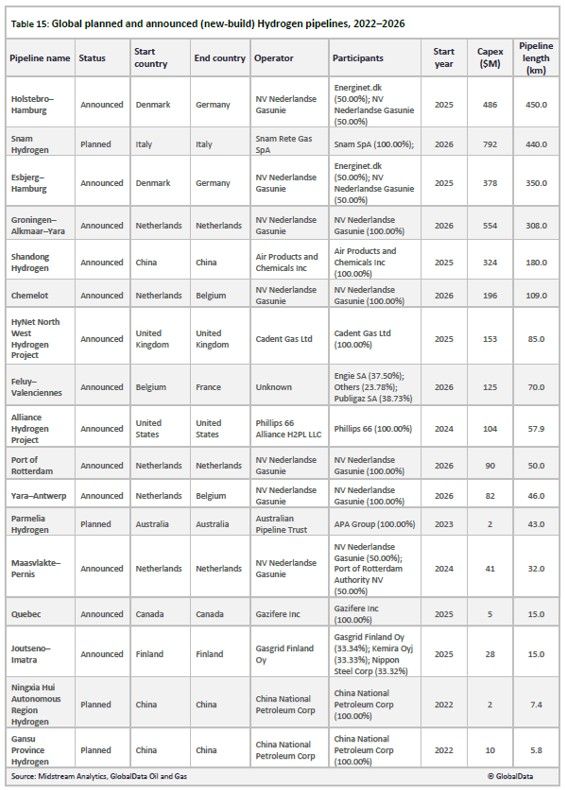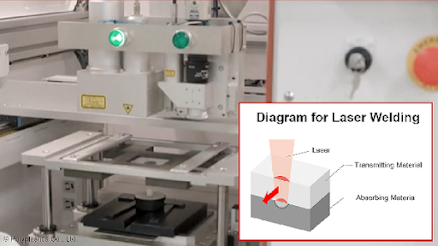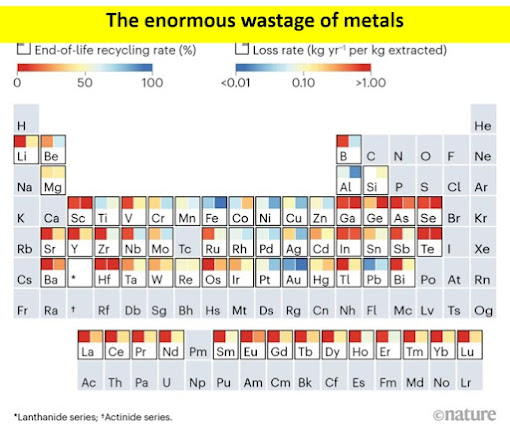BUSINESS BRANDING

EXPAND / GROW / ACCELERATE / LAUNCH – are you interested in any (or all) of these??? #Market development: Attract Prospects/Branding/Build Engagements/Turn Opportunities into Clients #Strategic Market Development: Target Audience/Analyse buyer's behavior/Identify competitive advantage/Monitor Implementation/Achieve the Goal. Contact Gruntech Polymer Consultants for all your product needs in India, China, and the Asia Pacific regions. Excited to announce I’m #OpenForBusiness and providing services on LinkedIn. Check out my services page for Business Consulting, Marketing Consulting, Management Consulting, Marketing Strategy, Market Research, Public Relations, HR Consulting, Project Management, Pricing Strategy, and Growth Marketing. Email:rosaram211@gmail.com Visit MY BLOG https://lnkd.in/fcSeK9e





